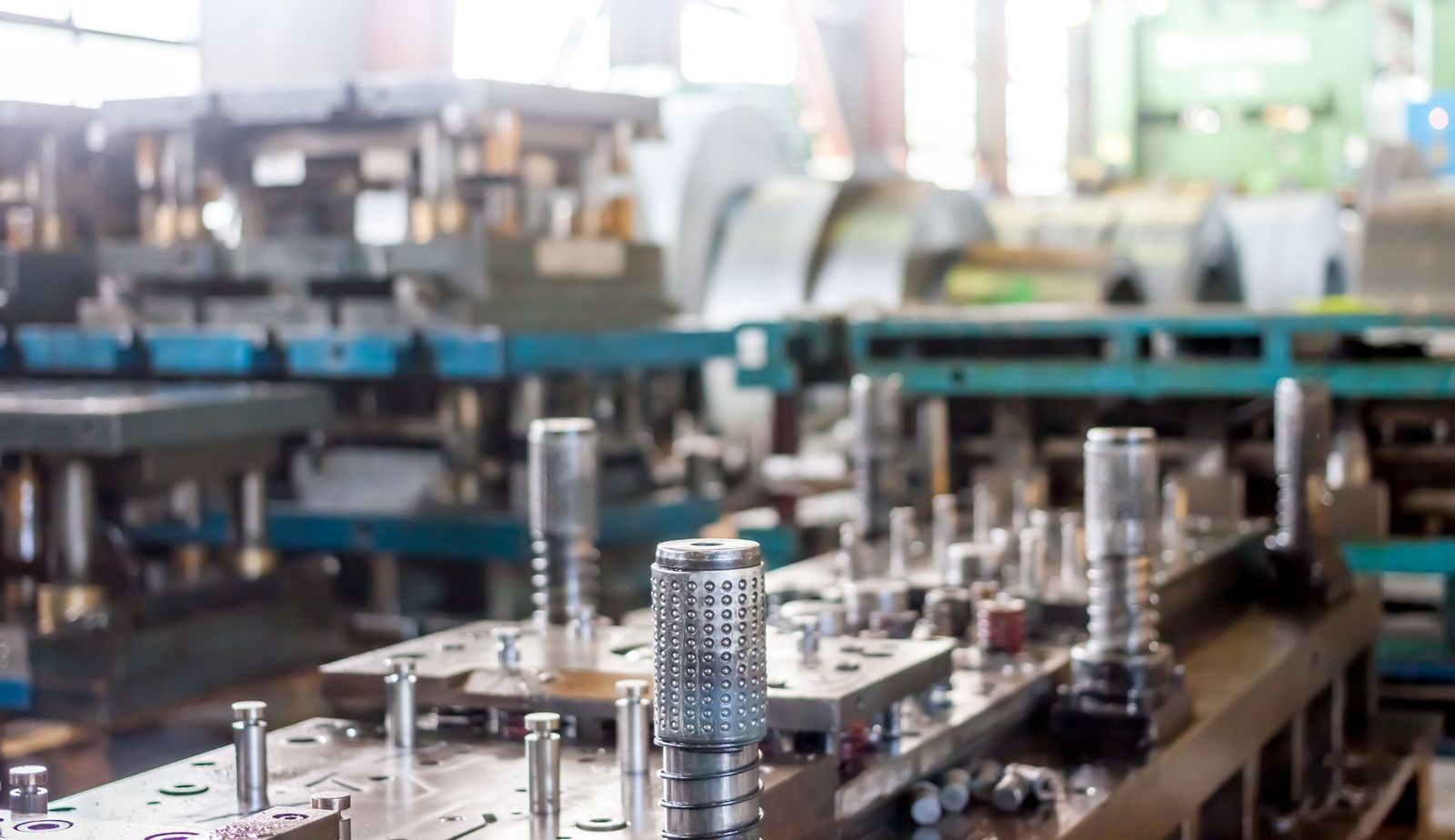Aluminum is one of the most used materials in the world, and aluminum parts and components are found in all types of industries. This includes aerospace components and parts used in HVAC processes, construction, processing equipment, and for electrical components and automotive manufacturing.
There are several different ways to shape parts and components out of aluminum. One of the most cost-effective is to use one of the many options offered in the aluminum forging process.
The Basics
Aluminum forging relies on the use of very high levels of pressure and force applied to the alloy. The stock aluminum is heated to a specific temperature to make it more malleable but not to melt the material. This heating and application of pressure or hammering types of force develop a final part that is strong, lightweight, and extremely durable.
Different options in the aluminum forging process have been developed to create specific types of final parts. To provide a basic understanding of the different processes and how they are used, consider the following possibilities:
- Open-die forging – this aluminum forging process is typically used on large sized parts and components. These parts are usually produced through manually controlled forges operated by experienced professionals.
- Precision forging – with this process, the aluminum is forced through precision cut die using heavy impact. This can be done in one pass, or through the use of progressively shaped die that results in the final part meeting very tight tolerances. This can be done to create simple or complex shapes.
- Press forging – rather than the fast, high impact equipment to push the aluminum through a die seen in precision forging, press forging uses slow, steady pressure to push the aluminum into the given die. It is important to keep in mind that the term slow is in relation means seconds per part rather than several parts per second.
There are other options in forging processes. Swaging uses forces on tube shaped aluminum to narrow the diameter, and roll forging is used to flatten parts of the stock, creating the desired final shape.
At Aress, we offer a full line of aluminum forging process options suited to the specific requirements of our customers.
